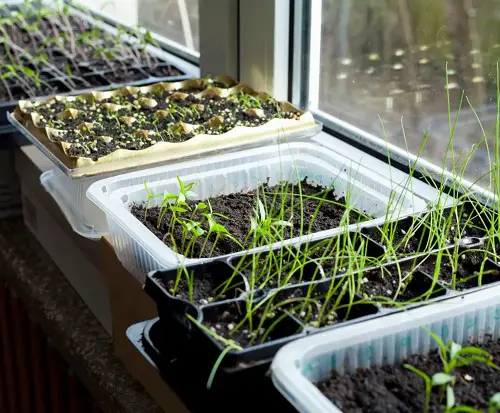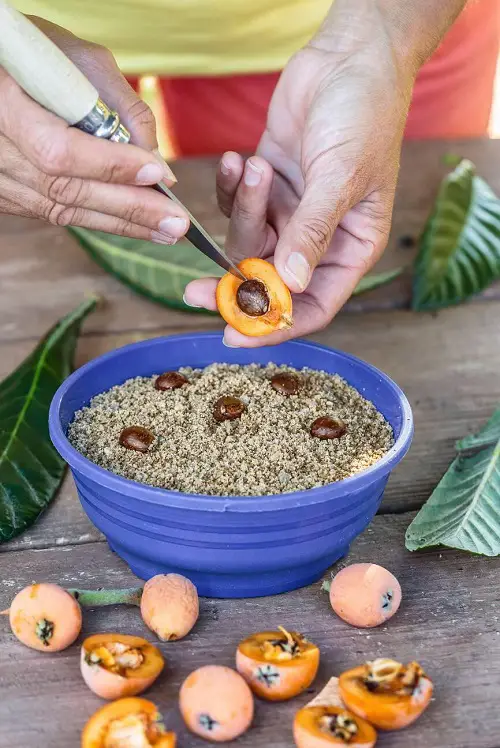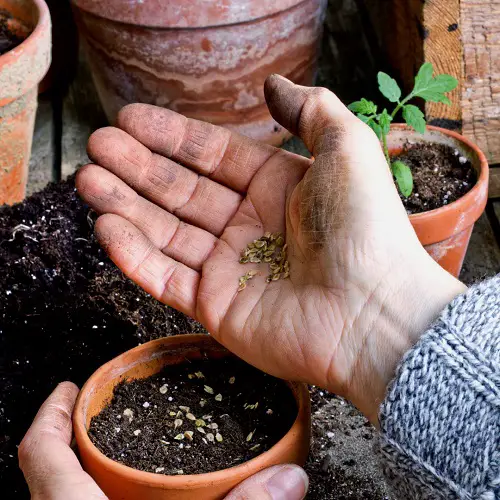Every wondered what could be the dumbest seed starting mistakes anyone can make to kill the chances of growing plants? Well, we have the answers!

To enhance the chances of plants sprouting, you need to ensure you follow the right set of rules to roll the green dices in your favour. These are some of the dumbest seed starting mistakes people do without realizing their consequences.
Dumbest Seed-Starting Mistakes
1. Too Much or Too Less Watering

People think that watering seeds too much will take care of them or moistening the growing medium everyday is the best way to speed up the germinating process. Well, this is not true!
Too much water can cause rot and too little water will eliminate the chances of germination completely.
2. Sowing Seeds at Any Depth
When it comes to planting seeds, you simply don’t push them as deep as you desire! Sowing them too deep or too shallow will negatively impact their ability to germinate.
Always go through the seed packet to know the right planting depth or refer the internet to know the right depth for the specific plant seed.
3. Using Garden Soil for Every Seed
Heavy garden soil for growing seeds is a big NO! Simply go for good quality seed starting mixes available in the market.
4. Forgetting About the Right Temperature Range
Every seed has a specific temperature requirement and they germinate best in that range. Too hot, or too cold atmosphere can prevent sprouting.
For best results, use heat mats and avoid placing the seeds near a window. Also, check the range on the seed packet or refer the internet.
5. Not Hardening them Off
If you have sown the seeds indoors, then it is extremely important that you follow the process of acclimatization, meaning, gradually introducing seedlings to outdoor conditions over a week to prevent wilting or death of plants.
6. Not Following the Right Season Cycle
Some seeds do well in cold climate and some do well in the warm atmosphere. Sowing them at any time of the year in any climate will eliminate the chances of germination and seedling survival.
Understand the best planting times for each type of seed by doing a research on related forums before sowing them.
7. Skipping the Stratification Process
To break dormancy in seeds, it is essential to follow stratification (Involves mixing seeds with a moist medium like sand or peat moss and refrigerating them for a specific period.)
You can also use water stratification, which is soaking seeds in water before planting, or simply scrub off the outer layer using a hard tool.
It is always good to do some homework and research on the same.
8. Not Labelling Seed Pots or Trays
It is extremely important to label different pots and trays if you are growing multiple seeds together. Every plant has a different sunlight and watering needs and growing different seeds together can disrupt their sprouting process.
Simply label the plant name on the pot or tray where you have planted the seeds.
9. Giving Up Too Soon
Sometimes seeds can take longer to germinate than expected, or they may not germinate at all. Don’t give up too soon! Be patient and give your seeds the time and care they need to grow.
10. Using Old or Poor-Quality Seeds
Using expired or low-quality seeds can lead to low germination rates, or poor-quality plants. Always start with fresh, high-quality seeds for the best results.
11. Not Using a Plant Mister

Pouring water on the seeds from a jug can introduce too much flow, which might disrupt the position of the seeds in the growing medium.
Using a misting bottle will moisten the soil without disturbing the position of the seeds. Also, do it only when the growing medium feels a little dry to the touch, at 1/2 inch deep from the top layer.







